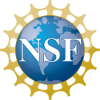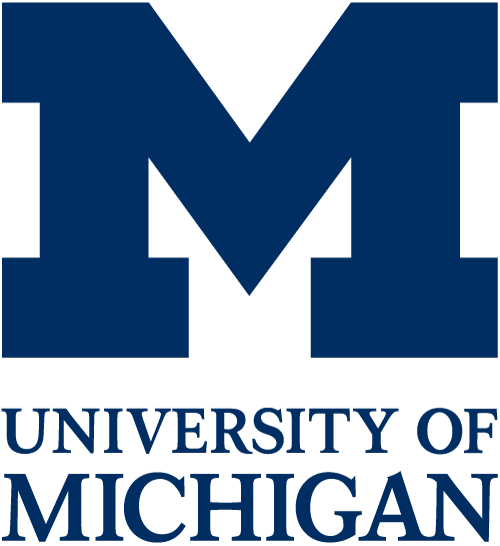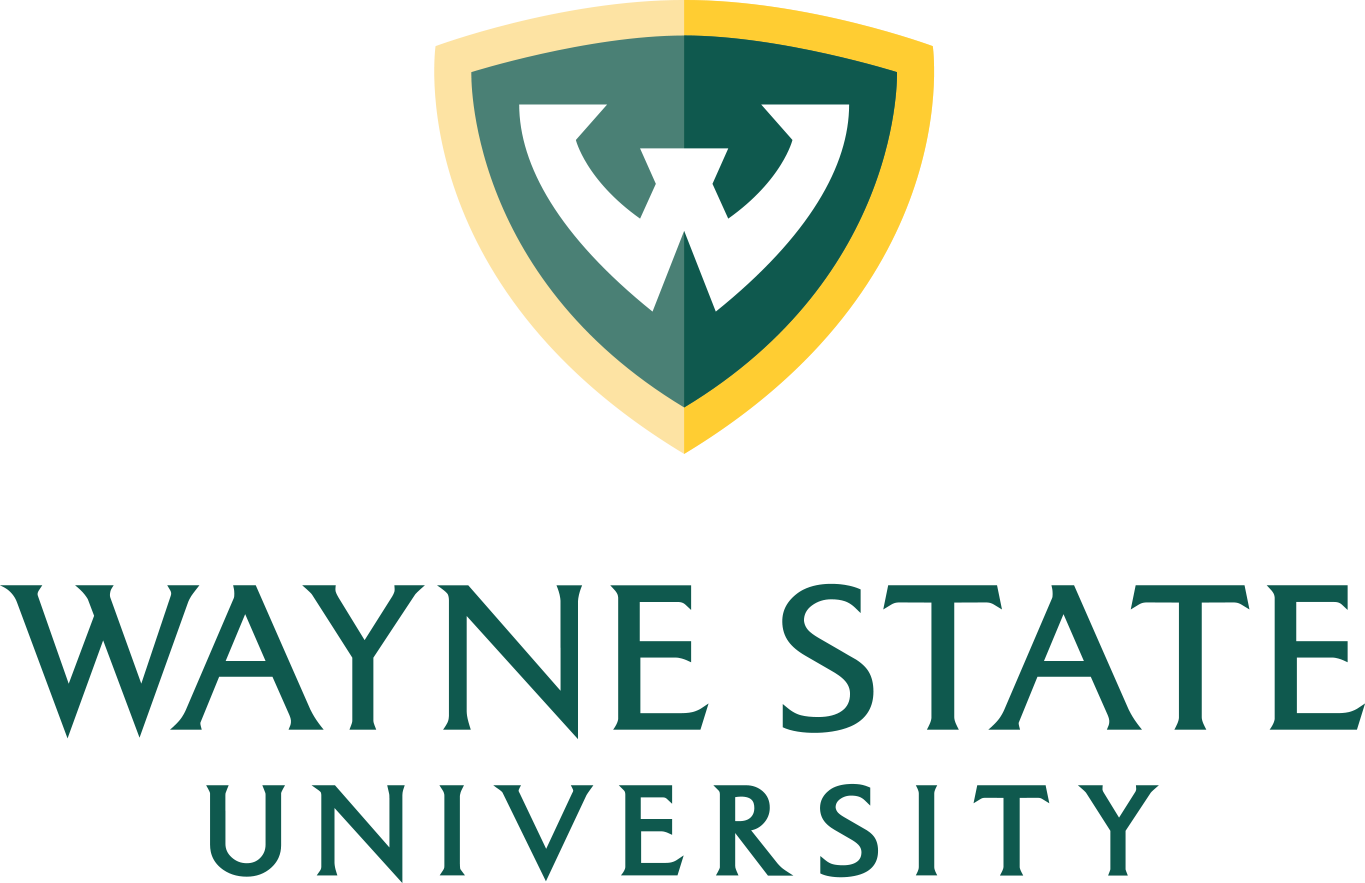




Project Timeline
The project has two primary phases. The first year is devoted to developing, tuning, and integrating the initial hardware and software components at our sites, while focusing on onboarding early-adopter science domains. The second year we plan to complete the hardware installation (with updates to configurations and type of resources based on the first year) and open the infrastructure to the rest of our planned users and new researchers found via our outreach. The set of milestones/activities and their status are shown below.
| Symbol | Meaning |
|---|---|
| ✔️ | Completed task |
| 🔶 | Task underway but not complete |
| ❗ | Task delayed, typically because of dependency not being ready |
| ♻️ | Task changed from baseline plan |
Startup — First Two Months
- ✔️ Hold a kick-off meeting with research stakeholders to formalize HORUS plans including interface software development, outreach and hardware plans
- ✔️ Create HORUS GitHub project
- ✔️ Place orders for Year 1 equipment
- ✔️ Set up Mattermost, mailing lists
Months 3-6 — Initial Deployment
- ✔️ Deploy hardware (delayed till May 2023)
- ✔️ Identify science domains for onboarding
- ✔️ Mathematics of Turbulent 3D Flows / Kyle Schwiebert / Michigan Tech University
- ✔️ Network Telescope / Michael Kallitsis / Merit
- ✔️ Quantum Chemistry / Alexander Rusakov / Oakland University
- ✔️ Prototype and deploy user-facing components identified in kick-off (partially complete)
- ✔️ Deploy perfSONAR instances in Merit
- ♻️ Install initial HTCondor and connect to OSG/PATh hosted CE (Using SLURM instead)
- ✔️ Conduct first HORUS webinar (December 22, 2022)
Months 7-12 — Tuning and Evaluation
- ✔️ Engage with early adopters about their access, ease-of-use, and workloads
- ♻️ Tune and test dynamic configurations exposing slices of computational hosts (Have instead “shaped” presented OSG resources)
- ✔️ Verify access/authorization mechanisms and associated accounting and auditing
- ✔️ Gather, summarize, publish metrics (delayed)
- ✔️ Conduct second HORUS webinar (October 25, 2023)
- ✔️ Submit first code release on GitHub
- ✔️ Submit end-of-year evaluation report
Months 13-15 — Prepare for Year 2
- ✔️ Review early adopters feedback
- ✔️ Evaluate hardware configurations based on Year 1 and plan updates
- ❗ Order remaining hardware (delayed waiting for user experience results)
- ✔️ Update HORUS documentation/code
- ✔️ Conduct third HORUS Webinar (May 21, 2024)
- ❗Review data management plan (DMP) status and undertake any required actions
Months 16-18 — Onboarding
- 🔶 Engage with remaining science domains and plan their onboarding
- ✔️ Revise and update documentation
- ✔️ Evaluate user support and issues
- ❗ Deploy remaining hardware (hardware not yet ordered)
- ✔️ Update HORUS documentation/code
Months 18-21 — Evaluation/Evolution
- ✔️ Conduct internal review of user access, monitoring, and management tools
- 🔶 Survey all science domains for feedback
- ✔️ Implement updates based on feedback
- ♻️ Conduct fourth HORUS webinar (not needed)
- ✔️ Update HORUS documentation/code
Months 22-24 — Project Transition, Wrap-Up
- ✔️ Order remaining hardware
- 🔶 Deploy remaining hardware (once it arrives)
- ❗Send out final survey and feedback request to science domains
- ❗Publish HORUS results (dynamic resource allocation, tools and techniques) (during no cost extension)
- ❗Finish DMP tasks
- ❗Transition HORUS managed resources to institutional control (after no cost extension year)
- ❗Complete final evaluation and report (will be done after no-cost extension year)